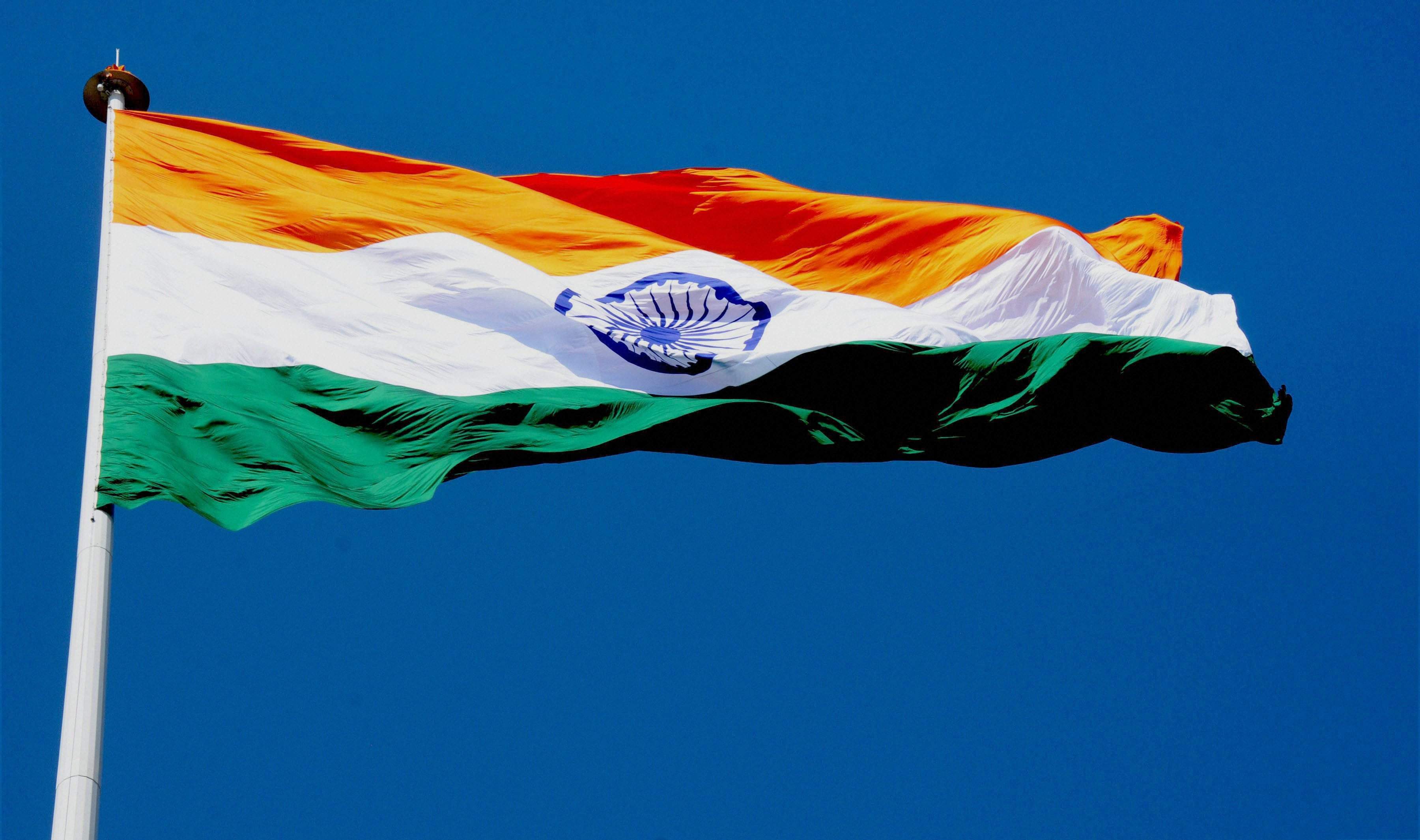Why Does India Figure On The World’s Annual Misery Index?

New Delhi: Zimbabwe has emerged as the most miserable country on renowned economist Steve Hanke’s Annual Misery Index (HAMI), which judges nations on mainly economic conditions. The African country that has surpassed war-torn nations like Ukraine, Syria, and Sudan, has majorly been plagued with skyrocketing inflation, which touched 243.8 per cent last year. A total of 157 countries were analysed for the rankings, according to a New York Post report.
India, on the other hand, ranked 103 on the list, with the contributing factor to the misery being unemployment, according to the index.
‘Thanks to stunning inflation, high unemployment, high lending rates, and anemic real GDP growth, Zimbabwe clocks in as the WORLD’S MOST MISERABLE COUNTRY in the Hanke 2022 Annual Misery Index. Need I say more?” Steve Hanke tweeted. Hanke also blamed the country’s reigning political party ZANU-PF and its policies for inflicting “massive misery.”
Venezuela, Syria, Lebanon, Sudan, Argentina, Yemen, Ukraine, Cuba, Turkey, Sri Lanka, Haiti, Angola, Tonga, and Ghana are the other countries in the top 15 list of most miserable nations.
Happiest nations
Switzerland had the lowest HAMI score, meaning its citizens are the happiest. ”One reason for that is the Swiss debt brake,” Hanke wrote, crediting the low debt-to-GDP ratio for the nation’s joyous success.
The second-happiest country was Kuwait, followed by Ireland, Japan, Malaysia, Taiwan, Niger, Thailand, Togo, and Malta.
Where does the USA stand?
The US ranked 134th on the list, with unemployment as the leading culprit of unhappiness. Finland, which has been ranked the world’s happiest country for six years in a row by the World Happiness Report, was ranked 109th on the misery index.
How does the index work?
The Annual Misery Index is compiled by Steve Hanke, professor of Applied Economics at John Hopkins University. The indexes are the sum of unemployment (multiplied by two), inflation, and bank-lending rates, minus the annual percentage change in real GDP per capita.
Thanks to stunning inflation, high unemployment, high lending rates, and anemic real GDP growth, Zimbabwe clocks in as the WORLD’S MOST MISERABLE COUNTRY in the Hanke 2022 Annual Misery Index. Need I say more? pic.twitter.com/0uhfnWQUyW
— Steve Hanke (@steve_hanke) May 21, 2023

Comments are closed.